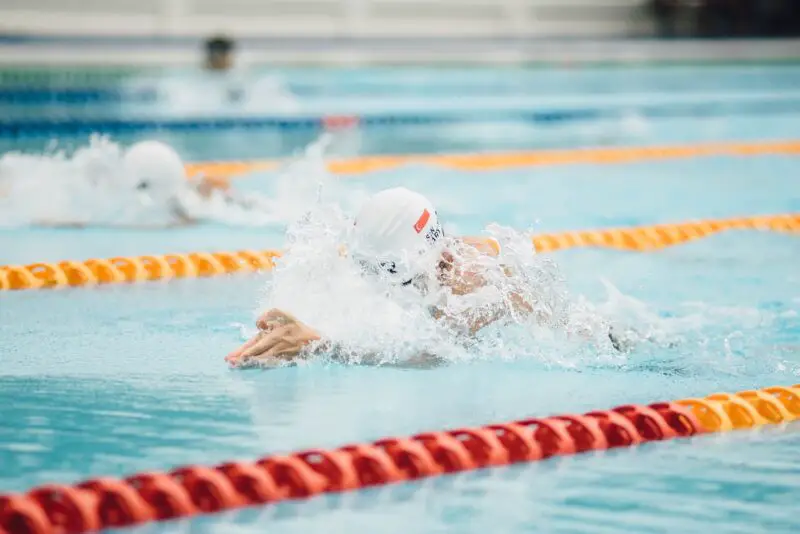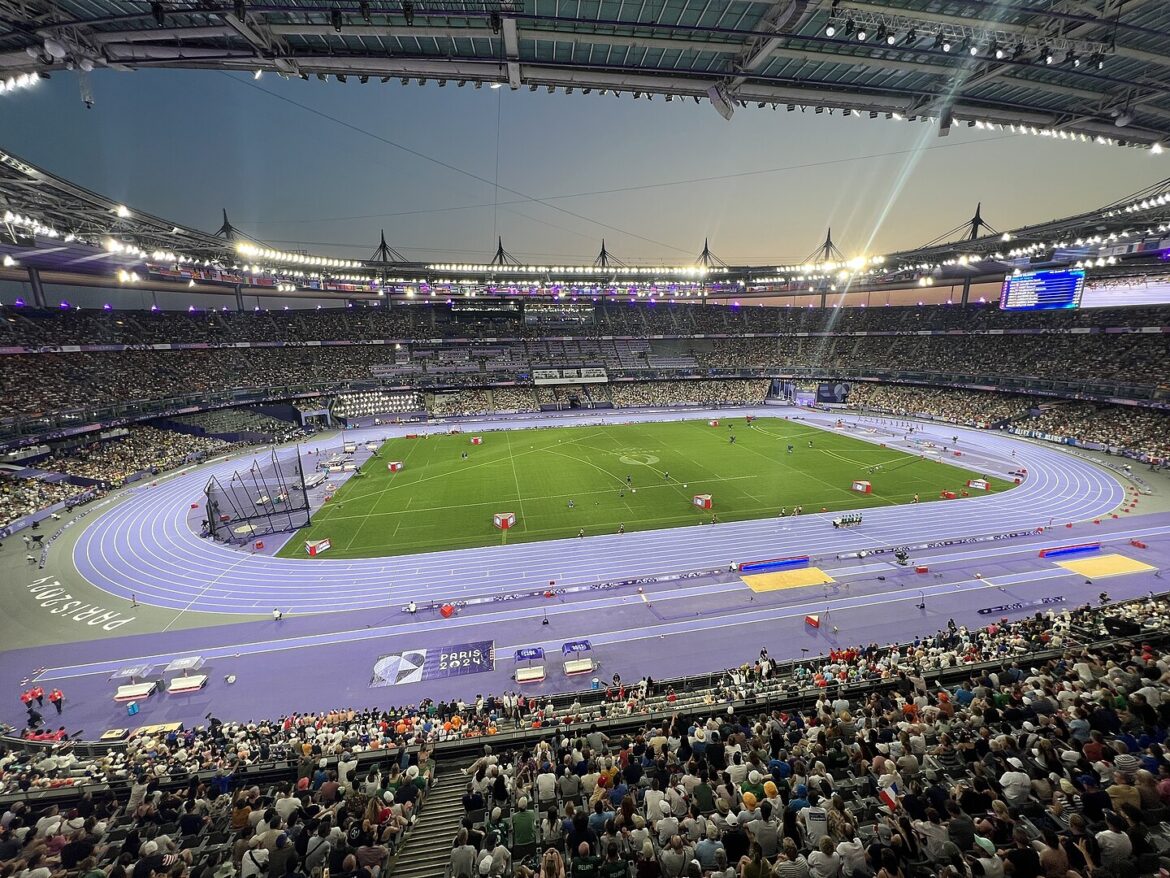As we gear up for the spectacle of the 2024 Paris Olympics, understanding the architectural and spatial dynamics of the venues where athletes will compete adds a fascinating layer to our appreciation of the Games.
Precise measurements are not only crucial for the construction and safety of these structures but also influence the logistics and the overall experience for athletes and spectators alike. In this exploration, we delve into the sizes and capacities of key Olympic venues, translating these figures between metric and imperial units to provide a universal perspective.
From the grandeur of the Stade de France to the intricate design of the Aquatics Center, each venue is a marvel of modern engineering tailored to the demands of world-class competition.
Key Olympic Venues
Stade de France (Main Stadium)
The Stade de France, the centerpiece for the Paris Olympics, spans an impressive 62,000 square meters, which converts to approximately 667,362 square feet. Its oval shape accommodates a variety of sports and ceremonies with a seating capacity that reaches up to 80,000 spectators. This venue is designed to not only host sporting events but also provide a grand stage for opening and closing ceremonies.
Aquatics Center
The Aquatics Center is tailored for excellence in swimming, diving, and water polo. It features an Olympic-size pool measuring 50 meters in length (about 54.68 yards), 25 meters in width (approximately 27.34 yards), and 2 meters in depth (about 2.19 yards). The total water volume of the pool is 2,500 cubic meters, equivalent to approximately 660,430 U.S. gallons or about 551,511 Imperial gallons. The seating capacity here is designed to hold around 15,000 spectators, ensuring that a large audience can enjoy the aquatic competitions in a comfortable and engaging environment.

In each of these venues, meticulous attention to the conversion of metric measurements into imperial units is crucial for understanding the scope and scale, particularly for an international audience that may be more familiar with one system over the other. This focus not only helps in appreciating the dimensions and capacities of these Olympic venues but also highlights the intricate planning involved in hosting such a prestigious event.
Venue Specifics for Different Sports
Velodrome
The Velodrome, a venue dedicated to track cycling, features a cycling track 250 meters in length, which converts to about 273 yards. This track is designed with high banking angles to accommodate high-speed cycling, providing optimal conditions for Olympic cyclists. The Velodrome has a seating capacity of 5,000, strategically arranged to give each spectator a clear and close view of the intense racing action on the track.
Gymnastics Arena
The Gymnastics Arena, specifically designed for gymnastic events, has a competition area of 1,200 square meters, which translates to approximately 12,917 square feet. This arena is equipped to host both artistic and rhythmic gymnastics with a spectator capacity of around 10,000. The intricate designs of the apparatus setups and the floor area are meticulously measured to ensure compliance with international gymnastics standards.
Archery Range
The Archery Range provides a competitive field that stretches over a length of 100 meters (about 109 yards) for the archery competitions. The target area, placed at a distance that may vary from 30 meters (about 33 yards) to 90 meters (approximately 98 yards), requires precise measurement for competition standards. The seating capacity at the archery range is relatively modest, designed to host around 3,000 spectators, providing an intimate setting that allows fans to follow the precision of the archers closely.
Basketball Arena
The Basketball Arena features a standard Olympic basketball court that measures 28 meters by 15 meters, which is roughly 31 yards by 16 yards. The total venue size, accommodating the courts and spectator areas, is around 10,000 square meters or approximately 107,639 square feet. This arena has a seating capacity of about 12,000, designed to offer excellent sightlines from every angle, ensuring that spectators can enjoy every dribble and dunk up close.
Tennis Center
The Tennis Center includes multiple courts, with the main center court measuring 3,500 square meters (about 37,674 square feet). Each standard tennis court within the center measures 23.77 meters in length and 10.97 meters in width, converting to 26 yards long and 12 yards wide. The center court has a spectator capacity of 15,000, allowing a large crowd to witness the high-stakes matches.
Equestrian Park
The Equestrian Park features competition areas that include a range of field sizes, with the main arena covering 10,000 square meters (about 107,639 square feet). The dimensions are critical as they need to accommodate various equestrian disciplines like dressage, jumping, and cross-country. The seating capacity is around 20,000, designed to offer spectators clear views of the intricate maneuvers and skills displayed by the horses and riders.
These venues, each tailored for specific Olympic sports, illustrate the diversity in spatial requirements and audience capacities. Converting these measurements between metric and imperial units not only caters to an international audience but also underscores the precision required in planning and building venues suitable for the Olympic Games.
Stade de France picture by Chabe01 – Own work, CC BY-SA 4.0
